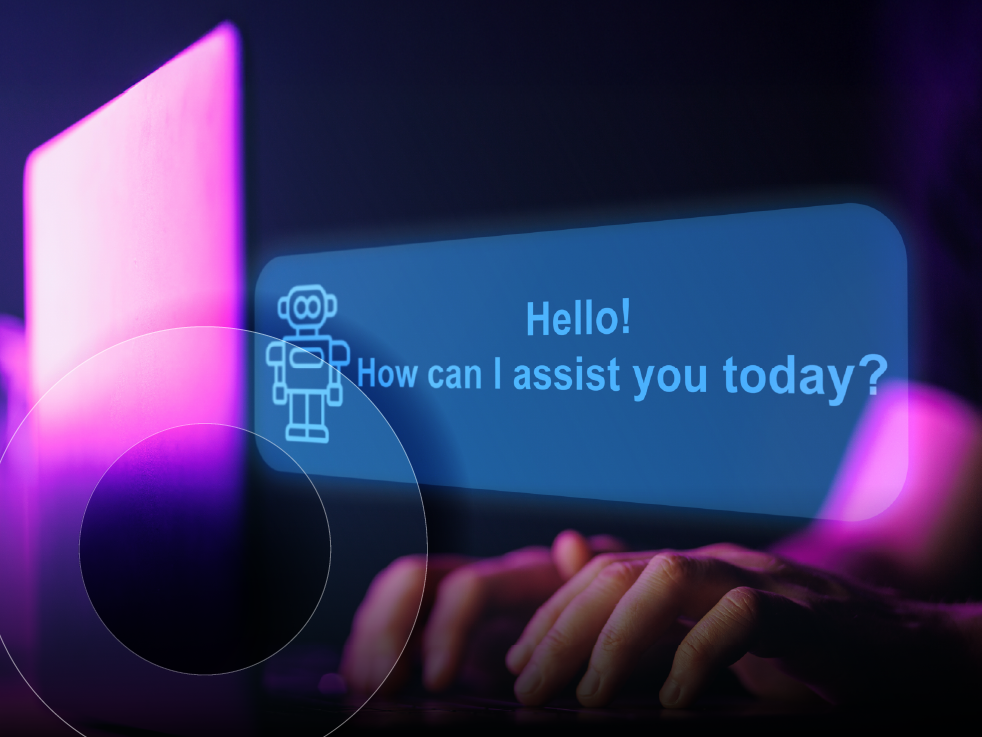Innovation Heroes: Is DeepSeek an AI triumph? Or a dicey security risk?:
SHI's AI and cybersecurity experts break down the controversy surrounding the China-based AI model.

Last month, no one had heard of DeepSeek. But then it racked up a stunning 16 million downloads in just 18 days — nearly double ChatGPT’s initial adoption.
The China-based AI model has certainly captured the attention of both investors and technologists. But while some see it as the future of AI, others are raising red flags over its origins and potential security risks.
In this episode of Innovation Heroes, Ed McNamara sits down with SHI VP of Advanced Technologies Jack Hogan, SHI Field Chief Technology Officer Lee Ziliak, and Stratascale Chief Strategy Officer Jordan Mauriello to discuss what makes DeepSeek unique, how it compares to existing AI models, and the startling data privacy concerns for businesses and governments worldwide.
“We can see very clearly, both from actively monitoring the communications and from the code base, that data is being sent to China Mobile Systems — an organization banned from doing business in the U.S.,” Mauriello warns.
Should you dive in? Or swim in shallower waters?
The DeepSeek disruption: What’s new?
DeepSeek’s rapid success has been attributed to its innovative AI techniques, particularly Mixture of Experts (MoE), Chain of Thought (CoT), and model distillation. These methods allow for more efficient training and reasoning, setting DeepSeek apart from other large language models like OpenAI’s ChatGPT or Google’s Gemini.
Jack Hogan highlights how MoE plays a role in DeepSeek’s design: “Being able to tie together these experts and mix them in one model opens up new ways to train and improve AI reasoning.”
Meanwhile, Lee Ziliak describes CoT as an AI model’s way of “showing its work” step by step, which increases accuracy but can also be resource-intensive.
Cost vs. reality: How efficient is DeepSeek?
One of DeepSeek’s most eye-catching claims is that it was trained for just $6 million — an astonishingly low figure compared to the billions spent on other AI models.
However, as Lee Ziliak explains, “That number only reflects the final run. There were months, if not years, of work leading up to that, which were not factored into the cost.” This realization tempers some of the enthusiasm around DeepSeek’s efficiency claims and suggests a need for greater scrutiny when evaluating AI advancements.
Security and geopolitical concerns
Despite its technical achievements, DeepSeek has raised serious cybersecurity and privacy concerns. Jordan Mauriello and his team ran the DeepSeek chatbot in a controlled environment and observed direct data transmissions back to China.
This discovery amplifies concerns about data privacy and national security. Unlike AI models developed in the U.S. and Europe, which must comply with regulations like GDPR and CCPA, DeepSeek does not have the same restrictions, potentially putting user data at risk.
The future of AI: What’s next?
The rise of DeepSeek is a wake-up call for the global AI industry. As Jack Hogan notes, “It’s accelerating the conversation around AI efficiency and innovation while also forcing businesses to take security concerns more seriously.” Whether DeepSeek remains a dominant player or is overshadowed by future models, one thing is clear: AI development is moving at an unprecedented pace, and organizations must be prepared to navigate both the opportunities and risks that come with it.
For organizations looking to safely experiment with AI, SHI’s AI & Cyber Labs offer a controlled environment to test models like DeepSeek and assess their potential risks. As the AI landscape evolves, staying informed and cautious is more crucial than ever.
Is DeepSeek a game-changer or a geopolitical Trojan horse? The answer depends on how organizations and governments respond to its rise. As AI continues to advance, the need for ethical, secure, and transparent development will only grow stronger.
Listen to the full conversation here. You can also find episodes on SHI’s Resource Hub, Spotify, and other major podcast platforms, as well as on YouTube in video format.
Video + audio
Audio only




